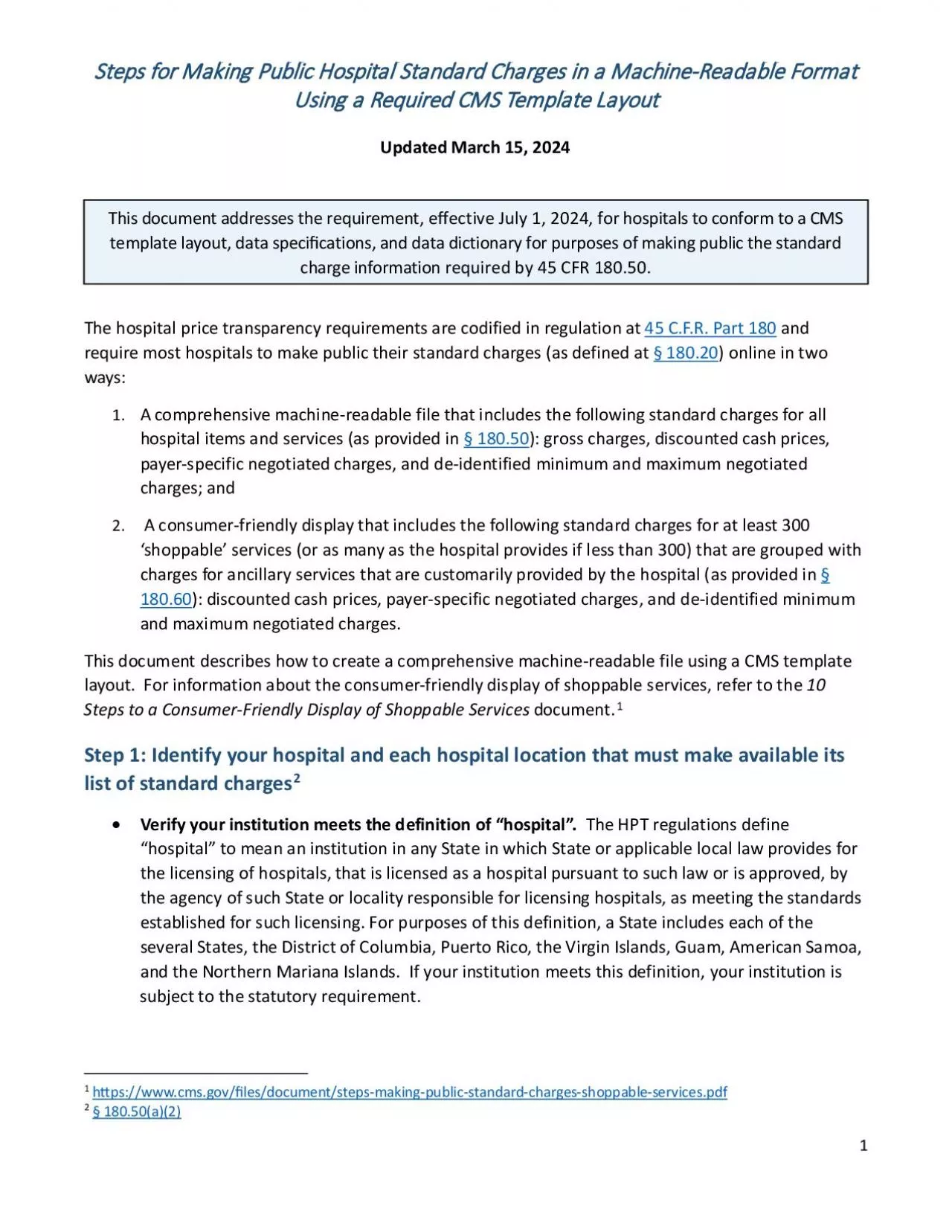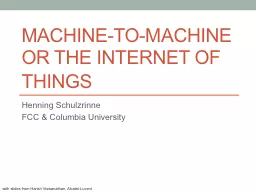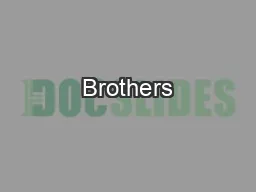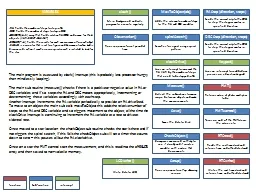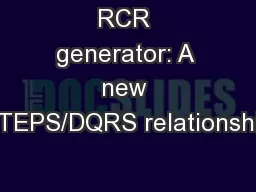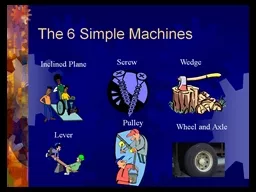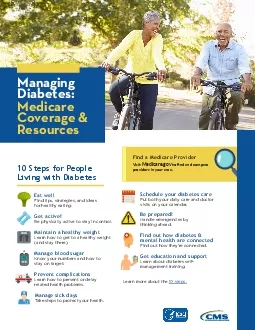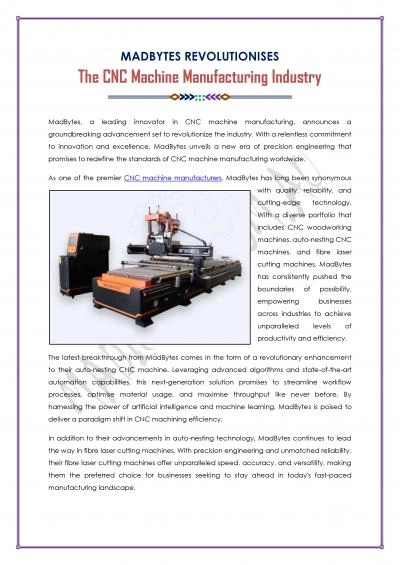PDF-8 Steps to a Machine
Author : cappi | Published Date : 2021-06-27
R eadable File of All Items Services ByJanuary 1 2021 hospitals are required to be in compliance with the hospital price transparency requirements set forth in
Presentation Embed Code
Download Presentation
Download Presentation The PPT/PDF document "8 Steps to a Machine" is the property of its rightful owner. Permission is granted to download and print the materials on this website for personal, non-commercial use only, and to display it on your personal computer provided you do not modify the materials and that you retain all copyright notices contained in the materials. By downloading content from our website, you accept the terms of this agreement.
8 Steps to a Machine: Transcript
Download Rules Of Document
"8 Steps to a Machine"The content belongs to its owner. You may download and print it for personal use, without modification, and keep all copyright notices. By downloading, you agree to these terms.
Related Documents

